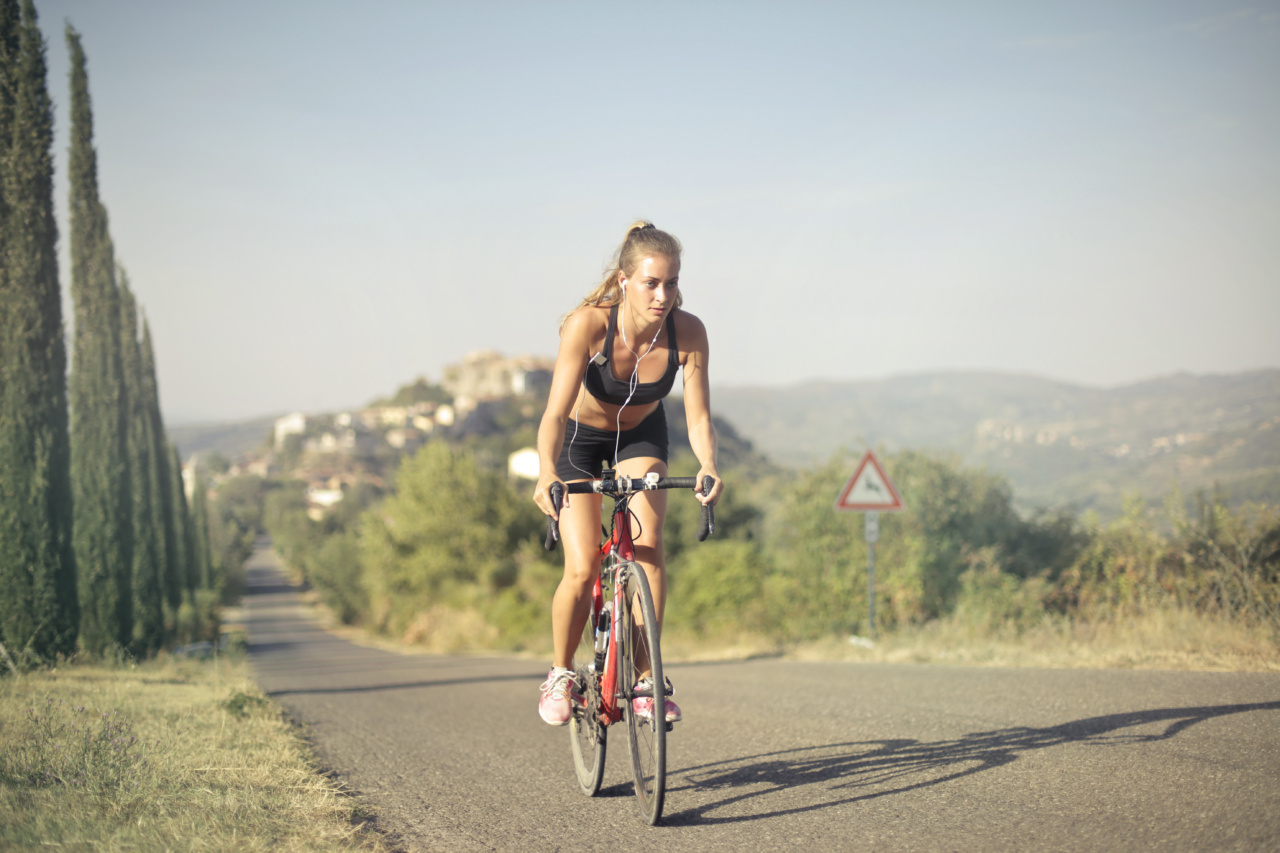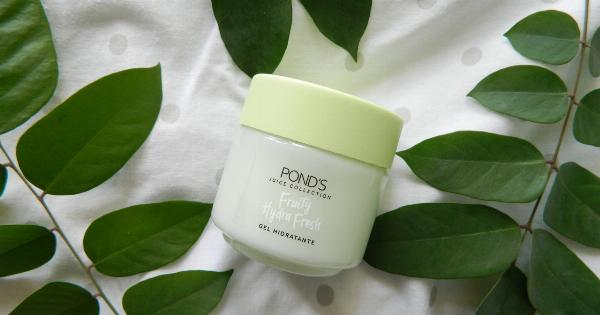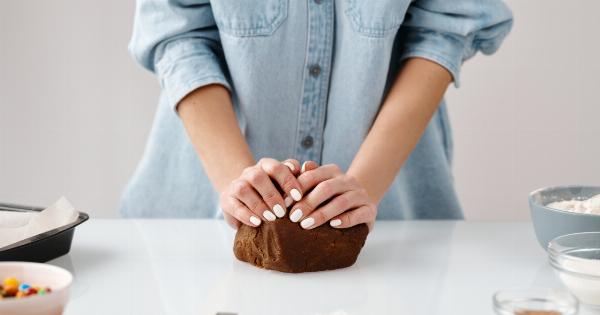Exercise has long been recognized as a beneficial activity for overall health and well-being. Regular physical activity is known to improve cardiovascular fitness, build muscle strength, and enhance mood.
However, individuals who engage in exercise often encounter another common issue – acne. Many people wonder if there is a link between exercising and acne, and if so, how it can be managed.
In this article, we will explore the relationship between exercise and acne, the potential causes behind this connection, and effective strategies to prevent and treat exercise-induced acne.
The Connection Between Exercise and Acne
Acne is a skin condition that occurs when hair follicles become clogged with oil and dead skin cells. Hormonal changes, particularly during puberty, are a well-known factor contributing to acne.
However, physical activity can also impact the skin’s health, leading to breakouts.
The Role of Sweating
When we exercise, our body’s core temperature rises, leading to an increased production of sweat. Sweat is our body’s natural cooling mechanism, but it can also contribute to acne.
Sweat itself does not cause acne, but when it mixes with dirt, dead skin cells, and bacteria on the skin’s surface, it can clog pores and lead to breakouts.
Friction and Irritation
Another factor to consider is the friction and irritation caused by certain types of exercise. Activities that involve wearing tight-fitting clothing or using equipment that rubs against the skin can lead to skin irritation and inflammation.
This irritation can trigger acne breakouts, especially in individuals who are already prone to skin sensitivity.
Hormonal Influence
Hormones play a crucial role in the development of acne. Elevated levels of certain hormones, such as androgens, can stimulate the sebaceous glands in the skin to produce more oil, leading to clogged pores and acne formation.
Exercise, especially rigorous workouts, can temporarily increase hormone levels in the body, potentially exacerbating acne-prone skin.
Preventing Exercise-Induced Acne
While exercise can contribute to acne breakouts, it doesn’t mean one should avoid physical activity altogether. Fortunately, there are several strategies individuals can adopt to prevent exercise-induced acne.
1. Keep Skin Clean
Before exercising, it is essential to cleanse the skin thoroughly. Use a gentle cleanser to remove excess oil, dirt, and bacteria from the skin’s surface.
After exercising, take a shower as soon as possible to wash away sweat and prevent it from accumulating on the skin. Avoid using harsh soaps or cleansers that can strip the skin of its natural oils, as this can lead to increased oil production and worsen acne.
2. Choose the Right Clothing
Wearing loose-fitting, breathable clothing during exercise can help reduce friction and irritation on the skin. Opt for moisture-wicking fabrics that draw sweat away from the skin, preventing it from sitting on the surface and clogging pores.
Avoid tight headbands, hats, or anything that traps sweat against the skin.
3. Remove Makeup
If you wear makeup, it’s essential to remove it before exercise. Makeup can mix with sweat and further clog pores, increasing the likelihood of acne breakouts.
Use gentle makeup removers and avoid products that contain comedogenic ingredients, which can block pores.
4. Stay Hydrated
Drinking an adequate amount of water is crucial for maintaining healthy skin. Proper hydration helps flush out toxins and impurities from the body, reducing the risk of acne breakouts.
Aim to drink at least eight glasses of water per day, and even more if you engage in intense exercise or live in a hot climate.
5. Avoid Touching the Face
During exercise, we tend to wipe sweat off our face using our hands or a towel. However, touching the face with dirty hands or a dirty towel can transfer bacteria and dirt onto the skin, leading to breakouts.
It’s best to avoid touching the face altogether, and if necessary, use a clean towel or tissue instead.
Treating Exercise-Induced Acne
If despite precautions, acne develops or worsens with exercise, there are various treatment options available:.
1. Over-the-Counter Acne Products
Over-the-counter acne products containing ingredients like benzoyl peroxide or salicylic acid can be effective in treating mild to moderate exercise-induced acne. These ingredients help unclog pores, reduce inflammation, and kill acne-causing bacteria.
2. Prescription Medications
If acne persists or is severe, a dermatologist may prescribe stronger medications such as topical retinoids, antibiotics, or hormonal treatments. These medications can help regulate oil production, kill bacteria, and reduce inflammation.
3. Professional Skincare Treatments
Dermatologists may recommend professional treatments such as chemical peels, microdermabrasion, or laser therapy to address exercise-induced acne. These treatments can help exfoliate the skin, unclog pores, and promote skin healing.
Lifestyle Factors and Acne
Besides exercise, other lifestyle factors can contribute to acne development. Factors like diet, stress levels, sleep patterns, and skincare routines can all influence the skin’s health.
It’s essential to have a holistic approach and pay attention to these aspects to prevent and manage acne effectively.
Conclusion
While exercising can contribute to acne breakouts, it is not a reason to avoid physical activity. By adopting preventive measures and following a proper skincare routine, exercise-induced acne can be effectively managed.
Remember to keep the skin clean, wear the right clothing, remove makeup, stay hydrated, and avoid touching the face. If acne persists, consider consulting with a dermatologist who can provide appropriate treatment options. Regular exercise, combined with a healthy lifestyle and skincare practices, can contribute to both physical and mental well-being.




























